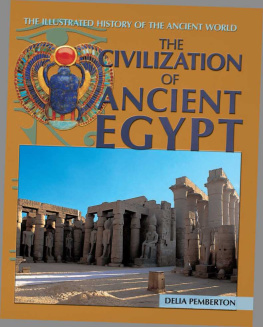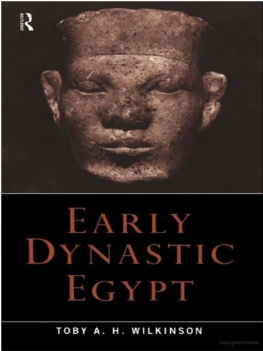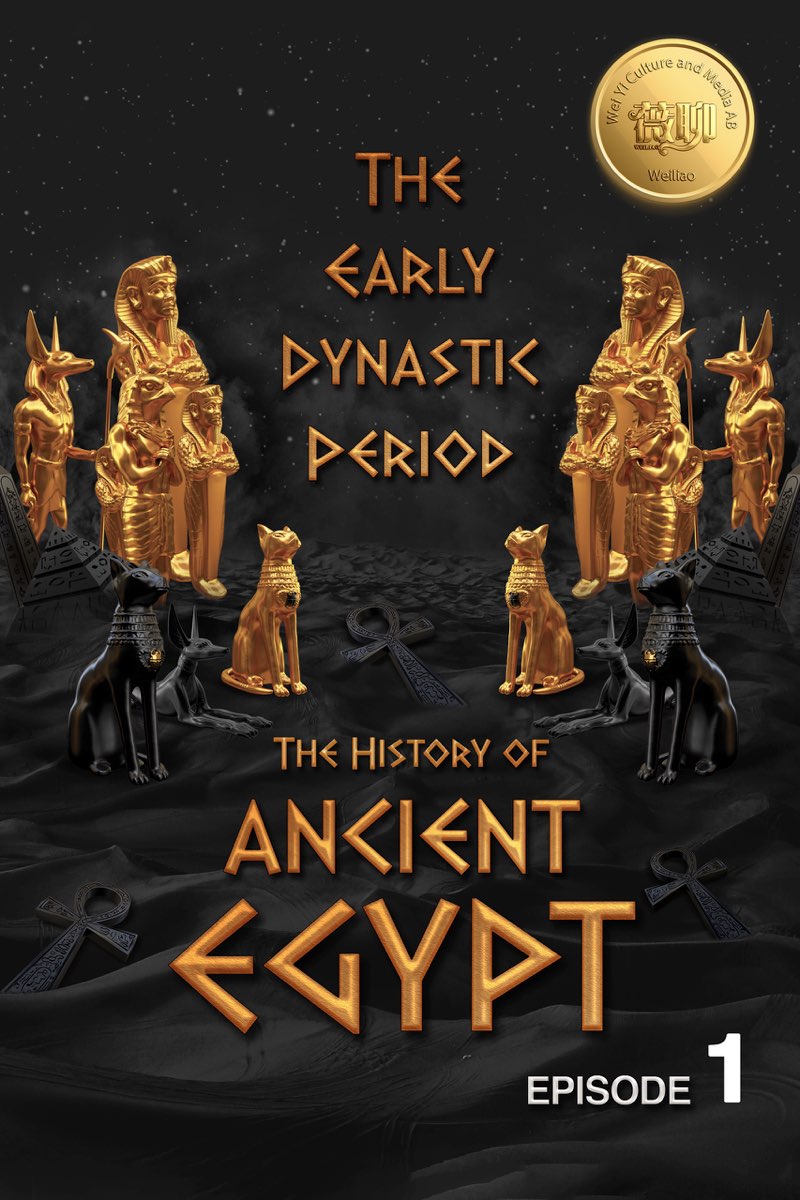Egyptian hieroglyphs on wall
C urrently, Egypt is an African country which is located in North Africa, along the Mediterranean Sea and is one of the oldest countries where civilization began. Anciently, the name Egypt was another pronunciation of the name Hwt-Ka-Ptah, which is loosely translated to mean House of the Spirit of Ptah, who was one of the most respected gods in the predynastic period of ancient Egypt. later, during the Old Kingdom, it is when they started calling the country Kemet, which meant the black land, named after the rich, dark soil along the Nile river. Later in the years, the country was known as Misr which was simply meaning country, this name has been functional until today where the Egyptians refer to their country as Misr. Egyptian civilization was in existence for thousands of years as an independent kingdom whose culture was well known to many other kingdoms all over the world due to its cultural advances, among other areas of human knowledge such as science to art, to religion and technology. Monuments that are still evident in present Egypt stand as a grandeur of Egyptian culture which is still celebrated, and it is no doubt that it was influenced by even other ancient civilizations such as Rome and Greece.
The Early Dynastic Period, which is as well-known as The Archaic period, is a period that is conventionally considered to be the beginning of the history of the civilization of ancient Egypt. There is a belief that there were still other periods before this period, but it falls short of archeological evidence that can substantiate the claim. This period is known as the predynastic period, or in short, a period when history was yet to be recorded. This period runs from the Paleolithic to the Neolithic Age until the rise of the first dynasty. It is, therefore, the culmination of the formative ages that was put together to form ancient Egyptian culture which is believed to have begun thousands of years ago but during the prehistorical period. It is believed that it is during the dynastic period when things started shaping themselves to form a stable kingdom to what turned to be the most successful civilization. It is during this period when the divine kingship became well established as the form of ruling and it is from there the form of government and culture remained unchanged for the 3000 years that followed.
Writing is believed to have started during this period where it started as a denotation of quantities and provenance in a substance and which was done through simple signs to a complex system that involved thousands of signs with both ideographic and phonetic details which perfectly fitted in governance, religious, political and purposes. It is during the beginning of this period that the typical Egyptian artistic canon was able to take shape in both 2 and 3-dimensional representation and it was a perfect mark to the artists in millenniums to come. The rise of urbanism is another thing that marks the beginning of The Early Dynastic Period. Most of the people who were occupying the small inhabitants in their villages started abandoning their villages so that could be able to move and interact with other large communities as well as experience life in the cities. Most of those who moved noted that they wanted a change in culture and religion.
We can, therefore, say that the culmination of the on-going cultural-political, religious and other evolutions started during The Early Dynastic Period in ancient Egypt. according to records and the early Egyptian traditions, the first king (human), to have ever ruled over the whole of Egypt, which means the upper and lower Egypt, was a man known as Menes. He is the first-ever man to have ever been able to unify the upper and lower Egypt which happened during The Early Dynastic Period in the first dynasty. There is a problematic issue that has been all through the identification of this king as the first king, this is because there is confusion in evidence as to whether for sure it was him who was the first king in The Early Dynastic Period.
From Manetho and Turins king list, the name of Menes comes long in a series of other names of gods and demigods who had ruled before him. It is from the Palermo Stone that his name is indicated in line with other kings who are said to have ruled before him. In the Palermo Stone, in the first row is a list of kings who allegedly ruled ancient Egypt before him. It is believed that still there lived among them powerful kings who had ruled before him in the lower and upper Egypt and had extended their realm mostly in the lower part of ancient Egypt. This information seems to correspond to the mythical ruler from Turin King list of which are listed on the first row of Palermo Stone, this makes it seem like the Egyptian chroniclers knew of the existence of the kings before the coming of Menes. It is from this that some historians have come with a suggestion that there might exist an era known as dynasty zero from where it came to the First Dynastic Period. It is yet to be known whether how the historians argue, that the kings on the list belonged to Dynasty zero is correct and also whether they were from the same ruling family or different families.
Most of the books that have covered the story of ancient Egypt in The Early Dynastic Period believe that the period contained the first two dynasties, although others think that it contained the first three. The exception of the third dynasty is because the third dynasty is referred to as a dynasty of pyramids, of which is an era that falls in the Old Kingdom Period where the culture of building pyramids started. But this claim is yet to be substantiated in that, some people still include the third Dynasty in the archaic period due to the conflict of years resolution. The main difference that falls in the third dynasty is that the pyramids built in this period are not true pyramids but step pyramids and we can only view the Old Kingdom as an age of the true pyramids, therefore, prompting us to consider the 3rd dynasty in the Archaic Period.











